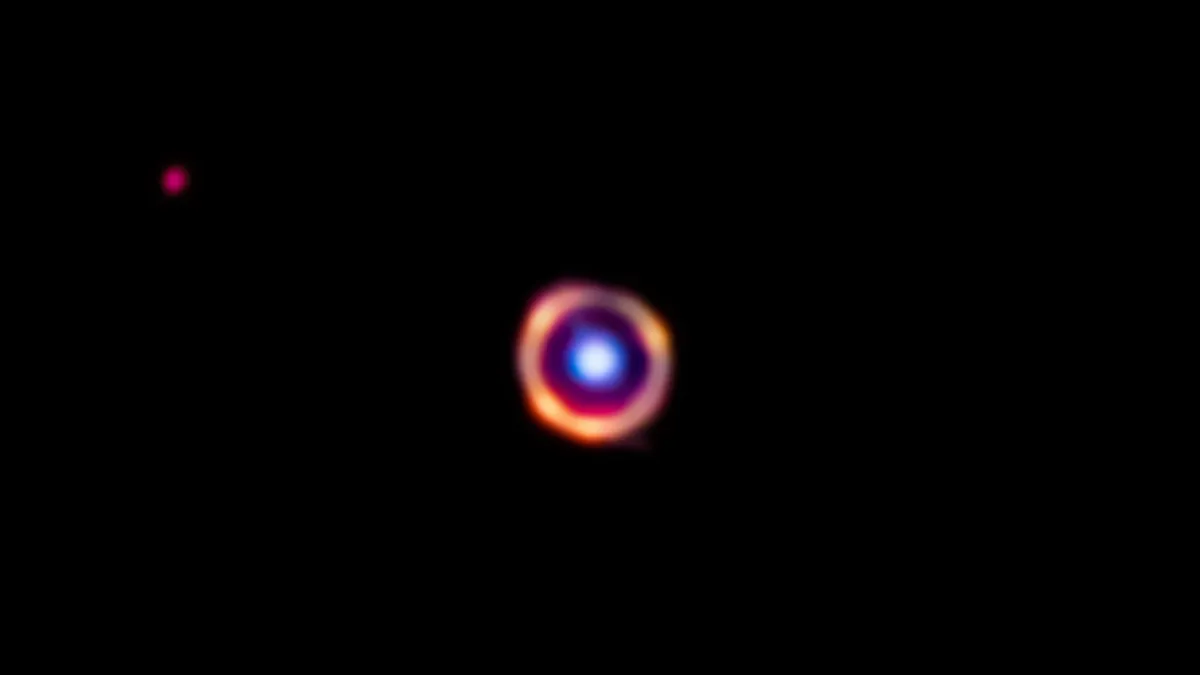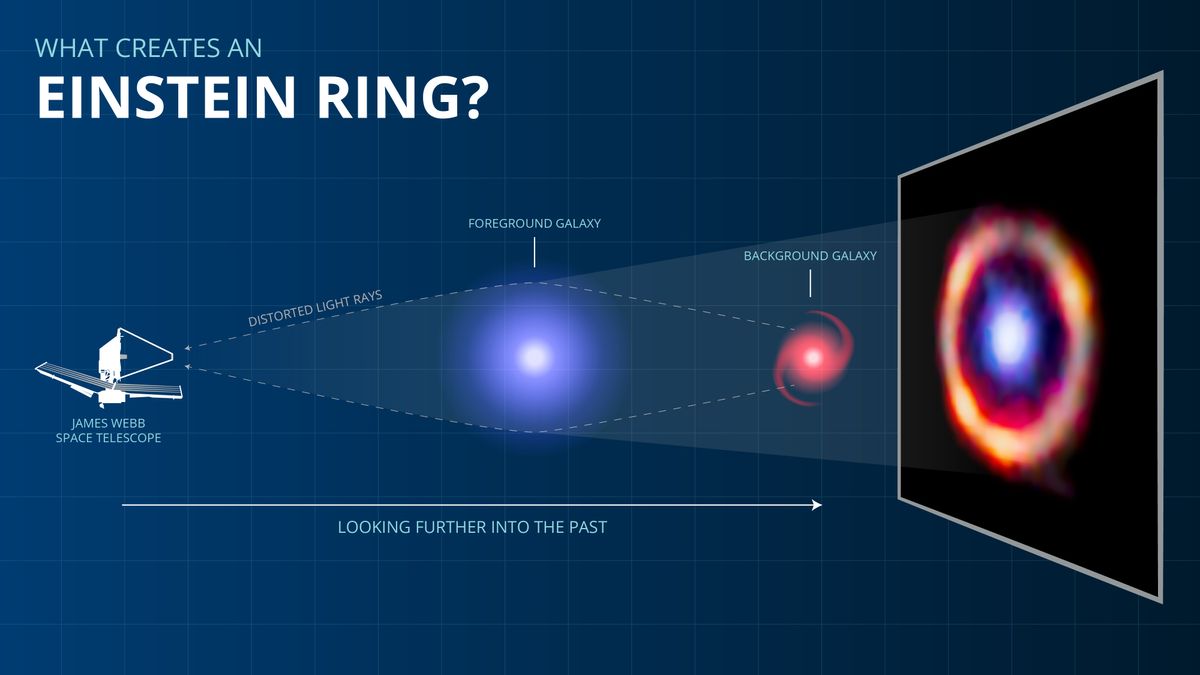Key Takeaways:
-
The James Webb Space Telescope (JWST) discovered the earliest complex organic molecules ever, existing just 1.5 billion years after the Big Bang in a distant galaxy.
-
JWST’s ability to detect faint light from distant objects allowed astronomers to identify these complex molecules with just one hour of observation, compared to days needed previously.
-
The discovery revealed that complex organic molecules aren’t uniformly spread throughout galaxies, raising questions about the factors influencing their location.
-
The presence of these molecules in galaxies so young challenges the previous assumption that their formation is directly linked to star birth.
-
While promising, the study highlights a potential performance decline in JWST’s key instrument (MIRI), which could hinder future research in this area.
According to a study, astronomers have discovered the universe’s oldest known examples of complex organic molecules.
According to the study, these substances, which resemble those in smoke and soot on Earth, are found in an early galaxy that formed when the universe was only 10% of its current age.
The carbon-based compounds, which are also found in smog and coal and oil deposits on Earth, are known scientifically as polycyclic aromatic hydrocarbons.

According to Texas A&M University in College Station astronomer Justin Spilker, lead author of the study, “the molecules we found aren’t simple things like water or carbon dioxide,” told Space.com. “We’re talking about big, floppy molecules with dozens or hundreds of atoms in them.”
These complicated organic compounds are widespread in space and are frequently associated with tiny dust grains. They are studied by astronomers because they can provide important information about the activity occurring within galaxies; for example, they can affect the rate at which interstellar gas cools. However, because telescope sensitivity and the range of light wavelengths they could monitor were limited, it has proven difficult to find these molecules in very distant galaxies that formed when the universe was still relatively young.
More than 12 billion light-years away from Earth, in a galaxy known as SPT0418-47, Spilker and his colleagues have now discovered these molecules using NASA’s incredibly powerful new James Webb Space Telescope (JWST).
“It’s remarkable that the universe can make really large, complex molecules very quickly after the Big Bang,” Spilker stated.
The light that the astronomers detected started its journey less than 1.5 billion years after the Big Bang, considering the extreme distance of SPT0418-47. As of right now, the universe is 13.8 billion years old.
“This pushes back the old record for detections like this by about an extra billion years,” Spilker stated.
The gravitational lens, a warp in space-time’s fabric, assisted in making the discovery. Albert Einstein discovered that mass distorts space-time, a bit like how a bowling ball might stretch a rubber sheet it was resting on. An object’s gravitational attraction is stronger the more space-time curves around it and the greater the object’s mass. Because of the way gravity functions, it can bend light like a lens. As a result, a strong gravitational field, like the one created by a large galaxy cluster, can function as a massive magnifying glass.
With NASA’s Spitzer Space Telescope, astronomers were able to identify the previous record-holder for the oldest complex organic molecules through observations that lasted more than a full day, said Spilker. In comparison, using JWST, “we only stared at this galaxy for a grand total of one hour,” he said. “Webb really makes looking for organic molecules look too easy.”

In addition, whereas previous efforts to detect complex organic molecules in ancient galaxies could only tell if the chemicals were there or not, “Webb’s resolution lets us see actual details of where within a galaxy the molecules are located instead of just whether or not they are there at all,” Spilker said. In SPT0418-47, the presence of these molecules is not uniform across the galaxy, the reason for which remains to be explained.
Overall, these new discoveries imply that “galaxies could form in overdrive,” according to Spilker. “The galaxy we studied is already just as massive, and its stars have formed just as much carbon and oxygen, as our own Milky Way, even though it’s only a tenth the age. It’s like a third grader who’s already lived an entire career — gone to college, accomplished a career’s worth of work, and then retired at age eight. The new results from Webb imply that it’s not actually very difficult for galaxies to produce really complex molecules through all this rich chemistry going on in space.”
Furthermore, scientists previously believed that star formation was connected to these complicated organic molecules. But the new data suggested that this might not always hold true. According to Spilker and his colleagues, there are many regions that have these molecules but no star formation, and there are other regions where new stars are forming but have none of these molecules.
“Finding these big, complex molecules in galaxies when the universe was very young is one of those things that a lot of astronomers were hoping and expecting Webb to do, and I hope that the lessons we learned from this first attempt can help all of us as we move forward,” Spilker added. “I’m excited to explore even younger, farther-off galaxies; is there one out there that hasn’t had enough time for molecules this large to form yet? Additionally, I’d like to know much more about why these molecules are present in some galaxies but not in others. What made the molecular regions unique in facilitating the fast formation of large molecules?
The JWST mid-infrared instrument (MIRI), which was utilized to obtain the new results, “appears to have declining performance right now,” Spilker cautioned. A group of highly skilled engineers at NASA are presently tracing the source of the issue. However, after the next year, it might be impossible to conduct research like this one if the performance keeps getting worse.”
The scientists detailed their findings online in the journal Nature.


